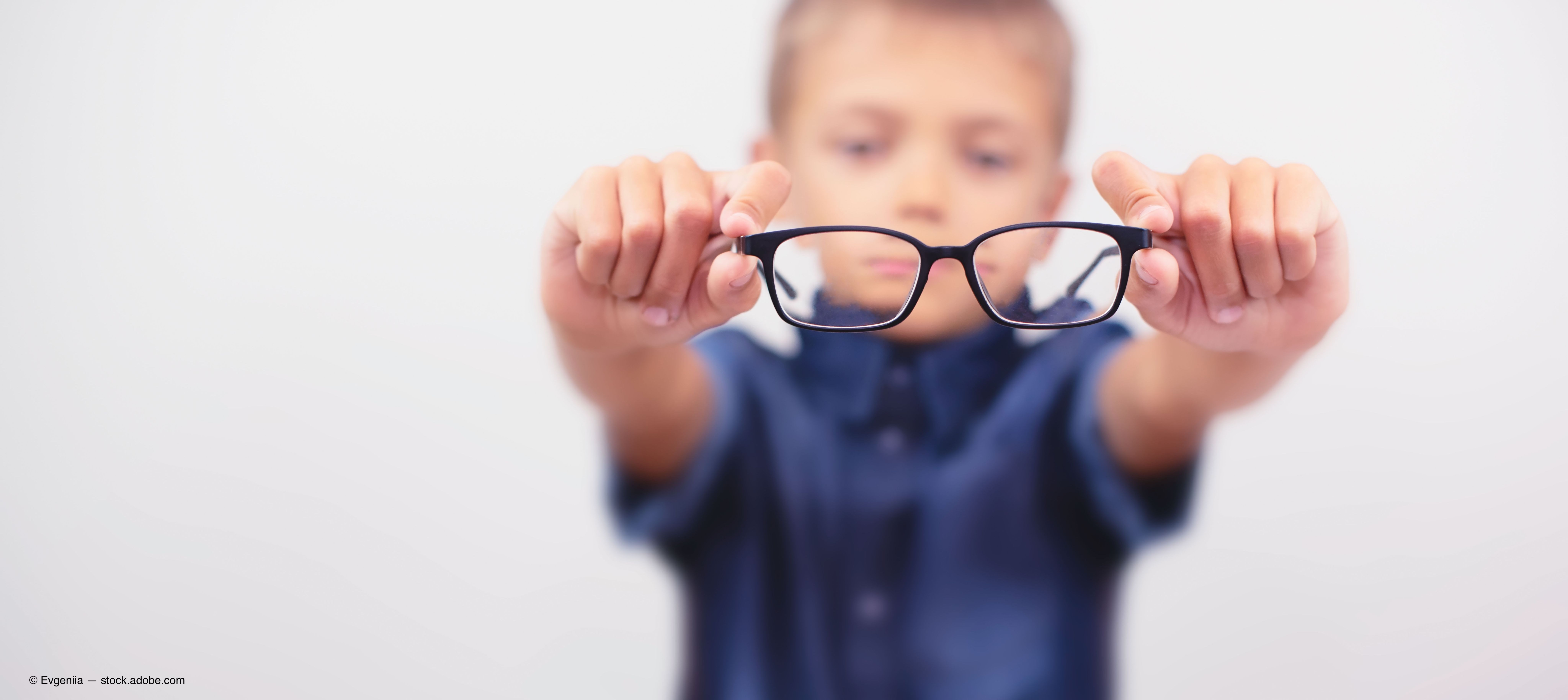Article
AAO leading global initiative to address myopia epidemic
Author(s):
The eye health community is sounding the alarm that the COVID-19 pandemic could worsen the epidemic of children at risk of nearsightedness.

The American Academy of Ophthalmology (AAO) is bringing together experts in myopia from around the world to develop an action plan to delay the onset of myopia in children and slow the progression of the diease so the most devastating consequences of high myopia can be avoided.
According to the AAO, the number of Americans who are nearsighted has nearly doubled over the last 50 years to about 41.6 percent.
This is a trend that is seen around the world, but particularly in East and Southeast Asia, where 80 to 90 percent of children and young adults are myopic.
Pathologic myopia is considered to be a refractive error greater than 6D and an axial length greater than 26 mm. Myopia is corrected with glasses, contact lenses or surgery in some cases.
Without action, the academy said in a statement that it is estimated that nearly half of the world’s population will be myopic by 2050. More people in glasses is not the concern, it is the number of people with severe or "high" myopia that is sounding the alarm, according to the academy.
Macular degenerative changes frequently occur in patients with myopia. High myopia raises the risk of vision-threatening eye conditions such as retinal detachment, glaucoma, early cataracts and myopic maculopathy, a leading cause of blindness around the world.
Richard L. Abbott, MD, leader of the academy’s Myopia Task Force, noted that myopia needs to be a focus by leaders in vision care.
“Kids who develop myopia early in life and progress to high myopia face an uncertain future,” he said in a statement. “They have a 50 percent greater risk of glaucoma, they are 17 percent more likely to need cataract surgery, and have a 6 times greater risk of retinal detachment and retinal tears."
The time to intervene is in childhood. According to the academy, a study of a school-based program in Taiwan that encouraged kids to spend 11 hours a week outdoors showed that sunlight can decrease myopia progression. Prescribing children low-dose atropine eyedrops or special contact lenses also is helping to slow the progression of the disease.
“Right now, the world's myopia rates are expected to be closer to Asia's by 2050. It is possible, but it is not inevitable," said Donald Tan, leader of the academy's Myopia Task Force. "Public health officials need to recognize that high myopia is a disease and promote interventions to reduce its overall incidence and slow progression. Action now can change the future."
According to the academy, both genetics and environmental factors play key roles in myopia. But the recent, dramatic upswing in cases appears to be driven by environmental factors. People are spending less time outdoors and more time on near-work activities such as screen time and reading.
As the coronavirus sends children indoors to spend even more time online to attend virtual school, there is growing concern among the eye health community that the pandemic will hasten the myopia epidemic.
Parents should be instructed to ensure they limit screen time on computers or other digital devices. Children should also go outdoors safely. With an appropriate balancing of screen time and outdoor activities, a child’s myopia can be limited and it could protect their vision as they grow.
While this is not the first myopia awareness campaign, it is the first effort to coordinate a global health initiative to spread education and foster collaboration to improve treatments.
Led by Drs. Abbott and Tan, the Myopia Task Force includes recognized experts in myopia prevention and treatment, public health experts from around the world, and organization representatives from the American Academy of Family Physicians, the American Academy of Optometry, and the American Academy of Pediatrics.
The Task Force has formulated an action plan to address the issue from different perspectives. This includes:
- Educating the health care community, public policy makers, and the public about the public health burden imposed by myopia
- Promote myopia as an important public health concern both nationally and internationally
- Work with the pediatric and family physician organizations to encourage the value of outdoor time for children and to encourage the early diagnosis of children
The academy also announced that Nevakar Inc. has committed $125,000 over the next 5 years to support the educational efforts.
“We applaud the academy's myopia efforts and with this grant want to demonstrate our commitment to this important cause,” Navneet Puri, PhD, founder, chairman and CEO of Nevakar, said in a statement.
Newsletter
Don’t miss out—get Ophthalmology Times updates on the latest clinical advancements and expert interviews, straight to your inbox.




